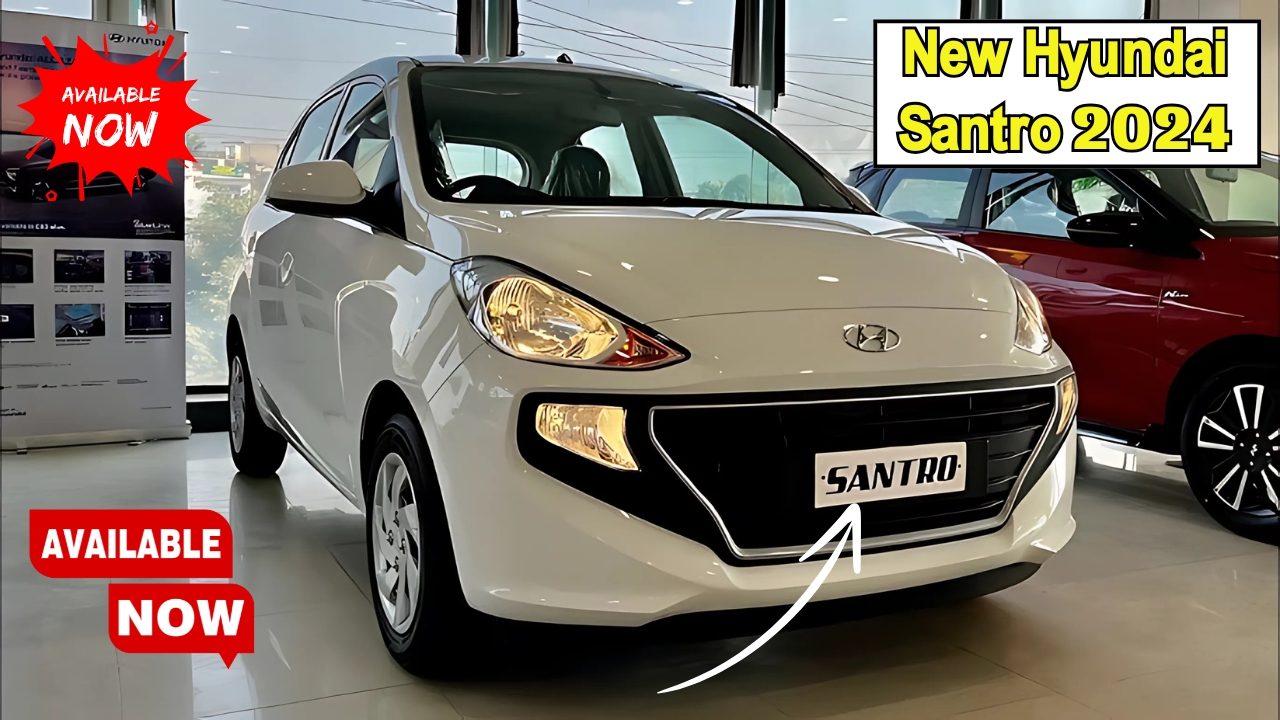In the landscape of modern automobiles, few vehicles manage to leave an indelible mark on an entire generation of drivers. The Hyundai Santro, first unveiled in the late 1990s, is one such trailblazer. More than a mere hatchback, it emerged at a time when the small-car segment was ripe for reinvention, and delivered.
The Beginning of an Era
When Hyundai introduced the Santro, the automotive world, especially in emerging markets like India, was accustomed to limited choices. Compact cars had often been synonymous with compromised comfort and sparse amenities. The Santro shattered these stereotypes.
By pairing a tall-boy design philosophy with a spacious cabin and thoughtful ergonomics, Hyundai presented a vehicle that perfectly balanced size, style, and convenience. Suddenly, buyers who yearned for a city-friendly car did not have to settle for cramped interiors or outdated aesthetics.
Innovative Design Language
One of the Santro’s most noteworthy contributions was its redefinition of interior space. The car’s high roofline ensured ample headroom even for taller passengers—a rarity in its segment during its initial launch.
The clever use of available real estate, plush seating, and strategically placed storage compartments underscored the brand’s attention to detail. Externally, its quirky yet contemporary visage distinguished it from the cookie-cutter designs prevalent at the time.
Hyundai effectively showcased that even a compact car could carry personality, whether through distinctive headlights, a confident grille, or color schemes that stood out against bland urban backdrops.
Efficiency and Performance Without Compromise
For many early Santro owners, the vehicle’s efficiency proved a revelation. The capable and refined engines delivered peppy performance in stop-and-go city traffic while maintaining commendable fuel economy—essential attributes for budget-conscious customers.
Its lightweight construction and nimble handling allowed the Santro to maneuver through narrow lanes and busy streets with ease. These traits soon earned it a reputation as a reliable daily companion, perfect for first-time car buyers, families, and professionals seeking a cost-effective mode of transportation.
Comfort, Convenience, and Safety Come Together
While its segment often ignored creature comforts, the Hyundai Santro took a different approach. Features like supportive seating, efficient air conditioning, power steering, and later the inclusion of power windows and audio systems, elevated the in-car experience.
Over time, as customer expectations evolved, Hyundai responded by integrating safety elements—reinforced body structures, crumple zones, and optional airbags—making each successive generation of the Santro safer than the last.
A Cultural Touchstone
Beyond its mechanical merits, the Santro came to symbolize something more profound. It represented upward social mobility for many first-time owners, who found in it a ticket to personal independence and professional growth.
Its affordability and practicality aligned perfectly with the aspirations of a rapidly urbanizing populace. Whether it was ferrying kids to school, commuting to the office, or zipping around town for errands, the Santro performed these roles gracefully, serving as a dependable ally in daily life.
Evolving With the Times
As the years progressed, Hyundai continuously refreshed the Santro to keep pace with changing preferences, regulations, and technological advancements.
Subsequent models introduced improved infotainment systems, fuel-injected and more eco-friendly engines, and even more refined ride quality. These updates ensured the Santro remained relevant and competitive, despite the surge of newcomers in the compact car market.
Lasting Legacy
Today, the Hyundai Santro stands as a testament to the brand’s ability to understand local markets, innovate on core needs, and deliver consistent value.
Its legacy endures not just in the form of newer iterations, but also in the way it influenced consumer expectations. Buyers no longer assume that small must mean basic—thanks, in part, to the Santro’s bold, early example.
As automotive tastes continue to shift towards eco-friendly drivetrains, connectivity-focused interiors, and advanced driver-assistance systems, the Santro’s lineage and ethos will likely inform future generations of Hyundai’s compact offerings. It paved the way for small cars to be aspirational rather than merely utilitarian.
In essence, the Hyundai Santro’s story is about more than a car—it’s about a transformative idea. By blending practicality, comfort, and affordability into a single package, the Santro reshaped an entire segment and etched its name as an enduring icon of the urban commute.
